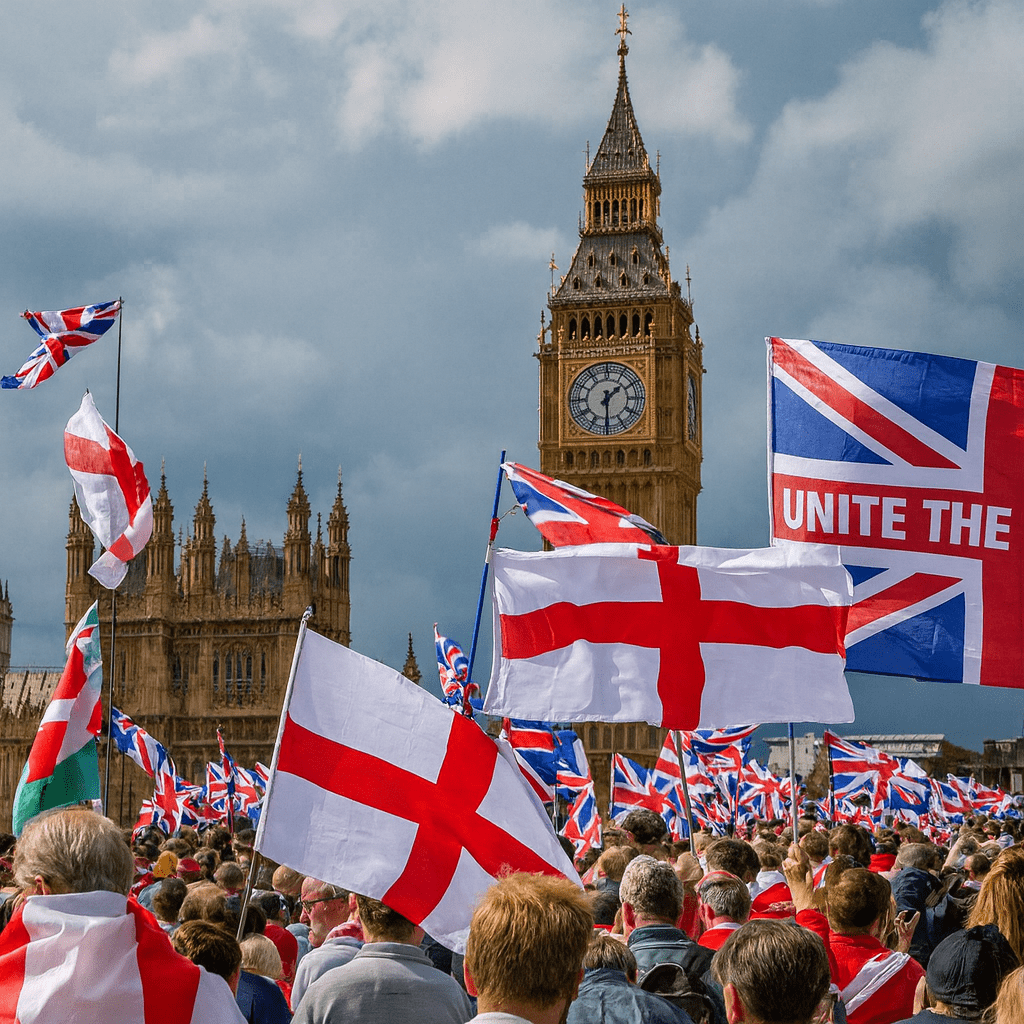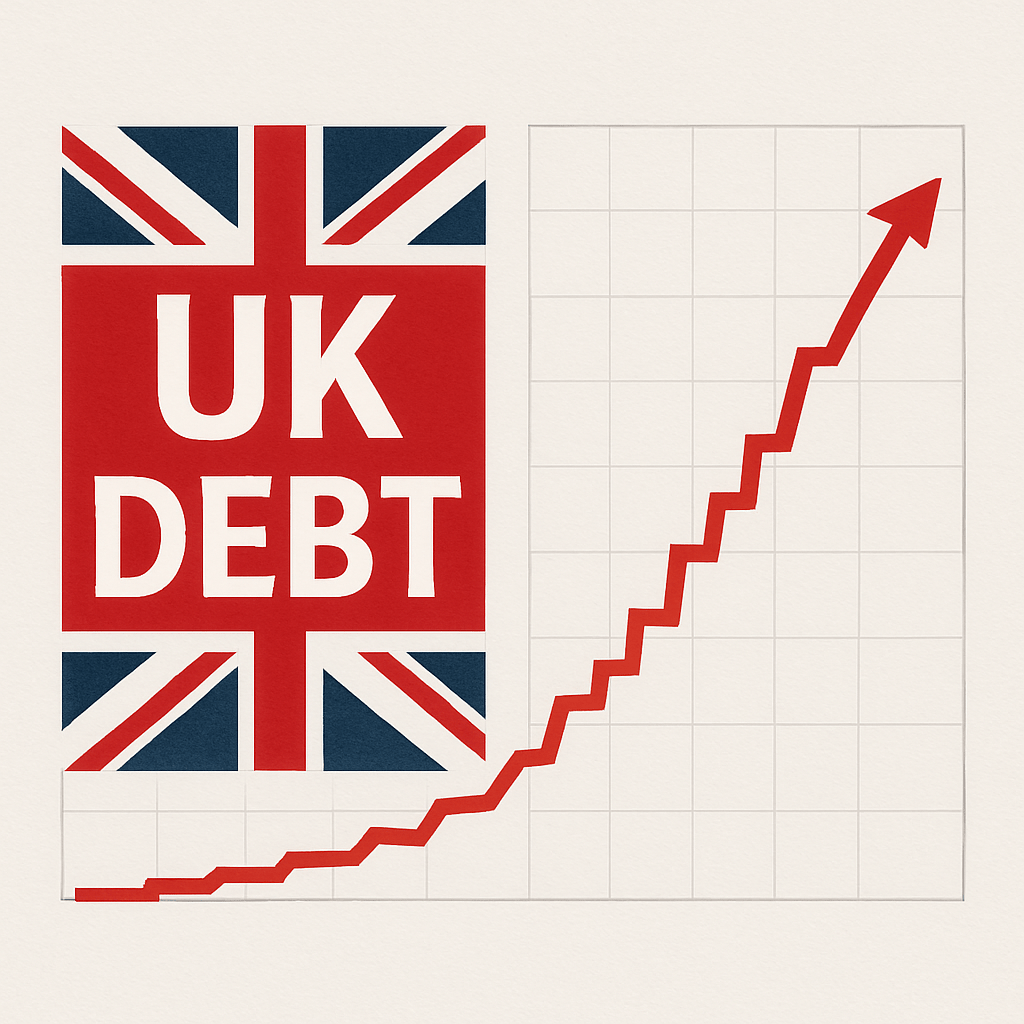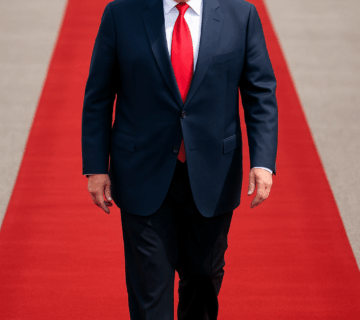The Unite the Kingdom Rally
Right now, across the UK, a powerful roar is rising above the everyday noise of politics, press conferences, and passive frustration. It’s called the Unite the Kingdom rally, and unlike other recent movements, it’s not simply a protest, it’s a phenomenon. Reportedly drawing nearly 3 million supporters, whether on foot or through digital solidarity, the event has triggered shockwaves across political and social landscapes alike.
At the epicenter of it all? A man both revered and reviled, Tommy Robinson. For some, he’s a beacon of truth. For others, a dangerous provocateur. Regardless of where you stand, his influence is impossible to ignore.
Tommy Robinson: The Man Behind the Movement
To begin with, let’s look at the man himself. Tommy Robinson, whose real name is Stephen Yaxley-Lennon, isn’t a stranger to controversy. Over the years, he’s made headlines, landed in courtrooms, and mobilized thousands, all in the name of British nationalism and, in his words, “preserving freedom.”
Importantly, his views are shaped by his upbringing in Luton, a town often cited as a microcosm of multicultural Britain. Here, Robinson claims to have witnessed what he sees as social fragmentation, rising extremism, and the erasure of British traditions. Over time, his tone shifted from concern to confrontation, fueling his rise within right-wing and anti-immigration circles.
That being said, critics argue Robinson’s narrative is riddled with bias, fear-mongering, and inflammatory tactics. They say he exploits real societal concerns and wraps them in rhetoric that promotes division rather than dialogue.
Why Did 3 Million People Show Up?
So, what exactly brought so many people to rally under the Unite the Kingdom banner? Simply put, the motivations are multi-layered and emotionally charged.
Frustration Over Immigration
First and foremost, immigration is the central flashpoint. Protesters argue that the UK’s immigration policies are broken beyond repair. They point to overwhelmed services, hotels being used to house asylum seekers, and a supposed lack of accountability in border control. For them, this isn’t about race, it’s about national survival.
Political Alienation
Furthermore, many participants express deep disillusionment with mainstream politics. They no longer trust Labour or the Conservatives. To them, both parties have failed to protect British values or address working-class concerns. Tommy Robinson, therefore, becomes a voice they believe speaks when everyone else stays silent.
Cultural and National Identity
In addition, there’s an intense emotional attachment to British identity, something attendees feel is under constant attack. British flags, Christian crosses, and calls for unity under traditional values were widespread. For many, this rally wasn’t just about policy, it was about defending what they believe makes Britain, well, Britain.
What Actually Happened at the Rally
Moving forward, let’s talk about what took place on the ground. Streets in central London were flooded with waves of people, many draped in Union Jacks, chanting slogans, and waving placards with messages like “Take Back Our Borders” and “Britain for the British.”
Though much of the rally remained peaceful, there were, unfortunately, moments of unrest. Scuffles broke out between protesters and law enforcement. A handful of individuals were arrested, and several officers sustained injuries. While these clashes were limited, they became the focus of media coverage, sparking further debate.
Despite these setbacks, supporters argue that the majority remained peaceful and orderly, pointing to the scale and coordination as a sign of serious civic engagement.
Support and Criticism: Two Sides of a Divided Nation
It’s important to note that while millions support the rally’s themes, strong opposition also emerged. Across the UK, counter-protests, community forums, and online campaigns denounced the event, labeling it a “dog whistle for racism and xenophobia.”
Nevertheless, supporters fired back, claiming they were being unfairly labeled. According to them, the rally was never about hate. it was about honesty. They argue that for too long, concerns over immigration and integration have been dismissed as bigotry, leaving them no choice but to take to the streets.
What Separates This Rally from Others?
Unlike past protests, the Unite the Kingdom rally appears more coordinated, more emotional, and, frankly, more desperate. This wasn’t just about marching, it was about messaging. The event was heavily live-streamed, trending on platforms across the globe, and backed by various grassroots organisations.
Not only that, but the rally’s tone felt more like a call to arms than a policy pitch. It was passionate, raw, and in many cases, unfiltered. This is why many feel the movement has staying power because it speaks directly to those who feel invisible in modern Britain.
Is the 3 Million Figure Accurate?
Admittedly, numbers surrounding the rally are contested. Organisers claim nearly 3 million people participated in various capacities, including on-the-ground presence, online streams, and community events. Official figures, on the other hand, suggest a lower turnout on the streets.
Still, what can’t be denied is that the movement struck a chord. Whether it was 300,000 or 3 million, the message traveled far and fast.
What Does the Future Hold?
Looking ahead, the rally is likely just the beginning. Organisers have hinted at future protests, community initiatives, and even political ambitions. The pressure on government officials is mounting, as public discourse becomes increasingly polarized.
So where does the UK go from here? That depends. If the concerns raised are acknowledged and addressed thoughtfully, there’s a chance for healing. But if they’re ignored or suppressed, the divide will only deepen.
Unite the Kingdom Rally: In Closing
In conclusion, the Unite the Kingdom rally was more than a flash in the pan. It was a wake-up call. For some, it represented courage. For others, chaos. But either way, it was real, raw, and impossible to ignore.
Tommy Robinson may be a controversial figure, but he’s managed to channel a tidal wave of frustration into action. Whether that action leads to meaningful reform or further fragmentation remains to be seen. What’s clear, however, is that Britain is standing at a crossroads, and the road chosen will define its future for generations.
FAQs
Tommy Robinson is a British activist known for his far-right views, particularly on immigration and Islam. He led the Unite the Kingdom rally to protest government immigration policy and promote British identity.
The rally centers on immigration control, national identity, free speech, and a rejection of mainstream political leadership. It brought millions together under a unified yet controversial message.
While organiser estimates reach 3 million including online support, in-person numbers were likely lower. Regardless, the movement has generated enormous national attention.
Some incidents of violence and clashes with police occurred. However, the majority of attendees were peaceful according to eyewitness accounts.
Protesters are demanding stricter immigration controls, increased national sovereignty, protection of British culture, and an end to political censorship.



